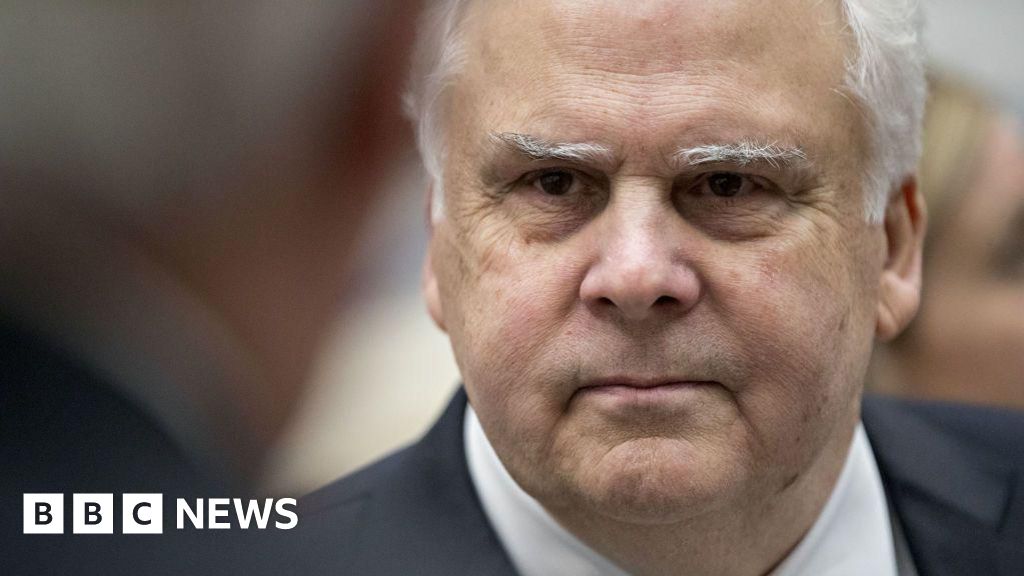Trump’s ‘AI Action Plan’ smoothes the way for a bulked-up electrical grid
Welcome to AI Decoded, Fast Company’s weekly newsletter that breaks down the most important news in the world of AI. You can sign up to receive this newsletter every week here.
With the ‘AI Action Plan’ Trump pays back his Silicon Valley allies
The Trump administration on Wednesday released its AI Action Plan—a 28-page blueprint designed to accelerate America’s AI industry and extend its global influence. Authored by Secretary of State Marco Rubio, “AI Czar” David Sacks, and science and technology adviser Michael Kratsios, the document outlines a suite of tech-friendly directives, ranging from discouraging state-level AI regulation to opening public lands for new data center construction.
That hands-off approach reflects the Trump administration’s broader stance toward tech: minimal regulation in exchange for political support. To that end, the “action plan” directs all federal agencies to delete regulations from earlier administrations that could “unnecessarily hinder AI development or deployment.”
Fighting state AI laws
The “plan” doesn’t reprise the ban on state AI regulation that was struck from the One Big Beautiful Bill Act as some had feared. But it tries to frustrate state AI regulation by instructing federal agencies to condition funding on how friendly the state’s regulatory environment is to AI R&D. The plan also issues a vague threat against states by asking the FCC to look at how state AI regulations might “interfere with the agency’s ability to carry out its obligations and authorities under the Communications Act of 1934.” (That “Act” established the FCC and gave it control of broadcast licenses, wireless spectrum, and compliance enforcement.)
The Trump administration also wants to shrink the role of the Federal Trade Commission (FTC) in protecting consumers from the excesses of the tech industry. The AI plan asks the FTC to “modify or set-aside” any final orders, consent decrees, and injunctions against tech companies that might “unduly burden AI innovation.” Further, it asks the FTC to review all investigations begun during the Biden years “to ensure that they do not advance theories of liability that unduly burden AI innovation.”
Readying the grid for AI
Anthropic estimates the U.S. power grid will need an additional 50 gigawatts—roughly the output of 50 Hoover Dams, or enough to power 40 million homes—by 2027 to meet the energy demands of new data centers. The Trump administration appears keenly aware of this challenge.
The new plan renews a Biden-era initiative asking agencies that manage federal lands to “identify sites suited to large-scale development” of data centers. Interior Secretary Doug Burgum has been promoting this idea for months, noting that his agency controls around 500 million acres of public lands and estimates $8 trillion in coal reserves beneath them.
Could the U.S. decide to expand production of dirty fuels like coal in the interest of powering new AI data centers? The plan doesn’t specify, saying only that the U.S. “must prevent the premature decommissioning of critical power generation resources and explore innovative ways to harness existing capacity.” It also advocates for investment in alternative power sources like geothermal, nuclear fission, and nuclear fusion.
It wasn’t too long ago that OpenAI CEO Sam Altman was urging the Senate to regulate AI. Now, most in the AI space warn that any binding regulations on how companies develop AI are premature and likely to nip innovation in the bud. Some even argue that it would be immoral to slow down AI R&D because the technology might soon help cure cancer or eliminate poverty. Trump’s AI plan is clearly an expression of that world view, and the fulfillment of a promise he made to the tech industry when campaigning for a second term.
The GOP’s One Big Beautiful Bill Act will make big tech companies flush with cash
Analysts from Morgan Stanley predicted on Monday that the GOP’s One Big Beautiful Bill Act could have some magical effects on the balance sheets of the biggest tech (read: AI) companies. The bill, which was signed into law by the president on July 4, contains a number of tax breaks that will considerably increase the free cash flow of tech companies, the analysts say, especially those that spend heavily on R&D and new infrastructure. For many tech companies, that means AI research and building data centers.
Under the revised tax code, tech companies can now apply retroactive write-offs for past R&D spending, recovering billions in taxes. The bill also allows for full, upfront deductions on infrastructure investments—provisions clearly designed with big tech in mind. Meanwhile, the corporate tax rate remains steady at 21%.
These incentives could be worth tens of billions to leading firms, Morgan Stanley estimates. Analysts expect Google, Microsoft, and Apple to benefit most in the short term by accelerating R&D deductions. For Meta and Amazon, the gains may be more evenly distributed over the next two to three years.
Pew: Google’s AI search results yield far fewer click-throughs, ad views
New research from the Pew Research Center suggests trouble ahead for Google’s core business. After tracking real-time user behavior, Pew found that users shown an AI-generated “AI Overview” were less likely to click links to external websites than users shown traditional search results. That finding supports concerns among publishers that AI-enhanced search results are reducing site traffic.
It could spell bad news for Google, too. The company earns the bulk of its ad revenue from search, especially when users are looking to buy products like shoes or cars. Google profits most when it drives users to merchant websites. But when users enter more complex queries—such as “what are the best noise cancelling headphones for less than $100”—they often receive an AI-generated summary. If Pew’s findings hold, they may be less likely to click a link to a specific brand.
During its research (conducted in March), Pew found that one in five Google searches displayed an AI Overview. It also revealed that users were more likely to end their session entirely after seeing such a summary: that happened on 26% of AI-result pages, compared to just 16% of pages with standard results.
More AI coverage from Fast Company:
- Douglas Rushkoff wants us to use AI to ask better questions
- The ex-Waymo engineers building AI-powered robots to solve America’s labor crisis
- Replit CEO: What really happened when our AI agent wiped Jason Lemkin’s database
- Proton’s new Lumo AI is all about privacy
Want exclusive reporting and trend analysis on technology, business innovation, future of work, and design? Sign up for Fast Company Premium.
What's Your Reaction?
 Like
0
Like
0
 Dislike
0
Dislike
0
 Love
0
Love
0
 Funny
0
Funny
0
 Angry
0
Angry
0
 Sad
0
Sad
0
 Wow
0
Wow
0





















































![Upload Final Season Sneak Peek Gives [Spoiler] a Badass Upgrade!](https://tvline.com/wp-content/uploads/2025/07/upload-4x01-1.jpg?#)
































